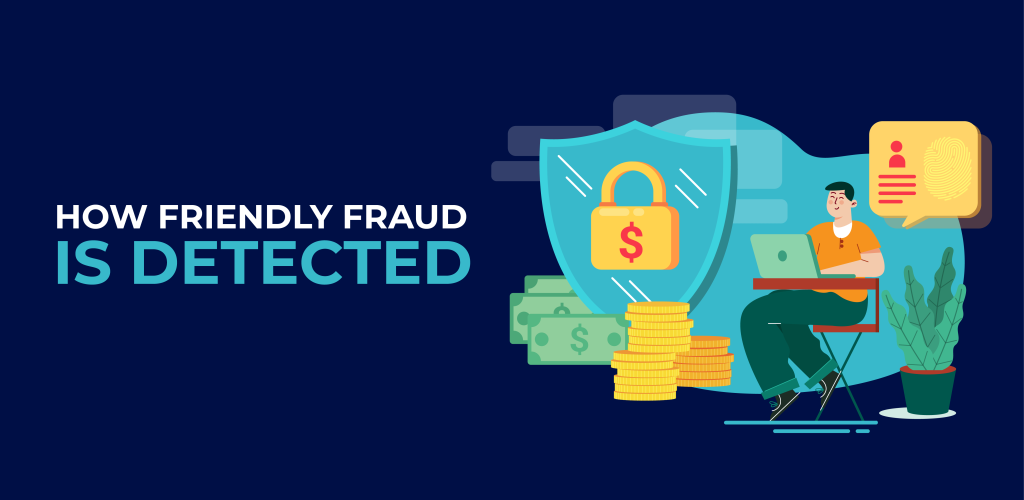
At first glance, the concept of “friendly fraud” might seem contradictory, particularly when it impacts businesses in distress. This term, however, refers to abuse perpetrated by a figure the seller trusts, typically one of their own customers. Here, we’ll explain exactly what friendly fraud is, how it operates, its significant impact as loss for merchants, , and we’ll offer practical advice to protect sellers’ revenue from invalid claims.
What Are Chargebacks and how are they Related?
Friendly fraud occurs when cardholders abuse the credit card chargeback system. To better understand, it’s essential to review how chargebacks were originally designed as a consumer safeguard against credit card fraud. Chargebacks allow cardholders to dispute charges they consider unfair or invalid. However, these are supposed to be filed for legitimate reasons, such as non-delivery of a product or service, discrepancies in the item’s description, unprocessed cancellations of recurring payments, or unauthorized transactions. If the consumer’s claim is legitimate, the payment is reversed, protecting the cardholder from significant debts for unauthorized purchases.
What is Friendly Fraud?
Friendly fraud happens when a customer, either accidentally or deliberately, files a chargeback for a legitimate transaction, without first seeking a recourse from the merchant. The rapid growth of eCommerce has exposed loopholes in the process, allowing consumers to use the gaps to obtain refunds directly from banks, bypassing the merchant.
How Does Friendly Fraud Occur?
Banks are required to investigate each claim before initiating a chargeback. However, in subjective situations, such as when a buyer claims that an item is not as described, it can be challenging to refute the claim. Banks, aiming to keep their customers satisfied, often side with the consumer. This creates a cycle where cardholders might be tempted to repeat the abuse of chargebacks.
Friendly fraud is divided into two categories: accidental chargeback abuse and deliberate chargeback fraud. The former can occur through confusion or an honest mistake, such as not recognizing a merchant’s billing descriptor, forgetting a recurring payment, or not knowing the difference between chargebacks and refunds. On the other hand, deliberate chargeback fraud includes practices like “cyber shoplifting,” where buyers purchase goods with the intention of filing a chargeback later.
Consequences of Friendly Fraud
For merchants, each chargeback means the loss of revenue from the original transaction and additional costs such as chargeback fees, overhead losses, time and money invested in fighting invalid charges. Consumers also face disadvantages: chargebacks typically take longer than refunds and can lead to loss of banking privileges if abuse is discovered. In the long run, friendly fraud can cause merchants to raise prices, affecting all consumers.
Prevention of Friendly Fraud
Preventing friendly fraud is complex, since it is a post-transactional threat and the fraudster is often the legitimate cardholder. However, merchants can adopt tactics to prevent accidental abuse, such as regular communication with customers, clear billing descriptors, and processing refunds and cancellations promptly.
How to Combat Friendly Fraud
Preventing friendly fraud might seem impossible to detect at first glance, but it’s not actually the case. If you’re accustomed to seeing transaction acceptance or rejection decisions made solely with data collected at checkout, then it might indeed seem impossible to detect indicators of potential friendly fraud. Let me explain how FUGU manages to detect these indicators. Every fraud prevention expert knows that the more data you have, the greater your ability to detect fraud, and that’s precisely what our solution does. By continuously analyzing a transaction before and after payment, you get risk scoring that changes over time instead of providing a single measurement. So how does this help prevent friendly fraud? By constantly measuring, you can detect even the slightest changes in user behavior, which are common in users who commit this type of fraud. For example, if you detect a user entering the site for product return policies multiple times, this can indicate the buyer’s intentions in real time. Other indicators could be sentiment-level, such as if the user contacts support with a negative attitude through chat, email, or call center. Detecting these changes and correlating them to our wealth of data and insight, FUGU will produce pin point accurate continuous risk profiling.
The key to detecting this complex type of fraud is constant measurement. If there’s a 24-hour period, for example, until the product is processed for shipping, and FUGU detects before shipping that the user has certain risk indicators, you can take either automatic or manual actions to deal with the alert.